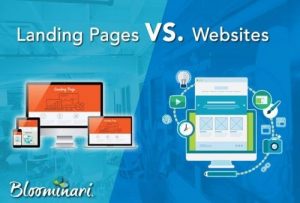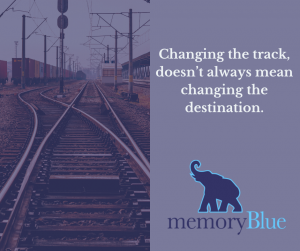When someone mentions UX, the association is usually good – you’re crafting great experiences for people who matter. Google searchers seem to regard it pretty well:

By the way, the one thing that looks bad there, “user experience is like a joke,” isn’t a bad thing at all. It finishes, “if you have to explain it, it must not be very good.”
Meanwhile, when someone mentions SEO, the association is, well …

That is, good UX is what people recall most, but the cheap, trick-based, blackhat version is the thing that people associate most with SEO. That’s really strange, given how intertwined those two fields are, these days. So it pays to understand… what are the areas in which these two things are friends, and what are the touch points in which they are enemies?
SEO and UX: Friends
First, let’s debunk some myths.
UX and SEO practitioners agree that you shouldn’t stuff your pages with keywords at the cost of readability. In both fields, it’s not recommended that you have a lot of ads at the top. And large images that make the page load time longer is a no-no in both fields. Let’s unpack that:
- Large images – page load time is a factor in search rankings, and long load times hurt the user experience. If you aren’t optimizing your images for desktop and mobile experiences, you are hurting both SEO and UX.
- Keyword stuffing – this is one of those things that used to work for SEO, but is now actually penalized by Google. (Go Panda!) If readability suffers because you’re targeting terms, you are tanking both search rankings and user attention.
- Ad heavy pages above the fold – Google penalizes sites with mostly ads on first page load, and users freaking hate those.
SEO and UX: Rivals
Google and other search engines have been making gigantic strides in ensuring that good UX and good SEO largely overlap. And some practitioners in the space seem to think they basically amount to the same thing, these days.
That would have been ideal, but in practice, there are still some areas where they clash.
For all of Google’s strengths, they still send robots to pages on a wide scale, and augment those robots by observing user behavior. Robots don’t “see” images, and can’t assess if the image helps answer a question. On top of the image limitation, robots face a range of challenges that make them imperfect systems to judge experience – and they lead to situations where you need to choose between SEO and UX.
1. Content Length
For UX practitioners, the content needs to be as long as it needs to be to answer a user’s question in the best way possible.
For SEO professionals, the content needs to be long enough to establish relevancy, thought-out enough to pass the check for latent semantic indexing, and meet a range of criteria that Google’s robots require to have the best shot at ranking.
Often, those do not lead to drastically different forms of content, but they are worth noting. This is why Google’s “create good, unique content” to rank doesn’t exactly ring true quite yet. Your job is to determine where you are weaker – acquiring potential customers, or satisfying readers, and then adjust accordingly.
2. H1 Use
For UX practitioners, there should be as many H1 titles as a page requires to be useful.
For SEO professionals, the H1 is kind of a big deal – it’s one of the more prominent on-page factors you can tweak. There should only be one of those per page, and it should contain the term that you are targeting.
Here, the SEO concern should usually be the one you prioritize. It actually makes sense for most companies to just decouple H1s, H2s, and other headings and the style of the text. That is, you can control the text size and weight using other methods, but you can only signal the H1 for search engine robots one way. If you do separate out the styling, you can have one H1, with the relevant text included, and still have as many titles as you need to make a page as useful as possible.
3. Image Use
For UX practitioners, you should answer a user’s question any way you can, in the most helpful way possible. Photos, text, video, infographics – they are all fair game, if they are useful.
For SEO professionals, the story does not really end there. Robots can read the alt text for images, but that’s it – they can’t really see the image, let alone assess how useful it is.
In practice, this is something online marketers need to balance. You need to review the organic traffic, review the bounce rate, and see where the site needs the most help.
4. Footers
For UX practitioners, footers with just the right number of links, the most used links, help users find what they need.
For SEO professionals, footers with more links help spiders crawl through the site efficiently, preserving the precious crawl budget that they have so they can index more of the site.
Here, the UX concern should probably win out. There are other ways to optimize the crawl budget, like building good, separate sitemaps on Google Webmaster Tools and using robots.txt to keep irrelevant pages from being crawled.
Optimizing for the footer, meanwhile, can mean a fairly good bump for satisfaction.
Trade-offs are at the Heart of Online Marketing
In a perfect world, these two fields will not be at odds. And indeed, in the past 5 years, Google and other search engines have made significant strides to ensure that good SEO and UX mostly overlap.
But since we’re not there yet, it’s good to know what trade-offs you need to make, depending on what your current strengths are.
(131)






